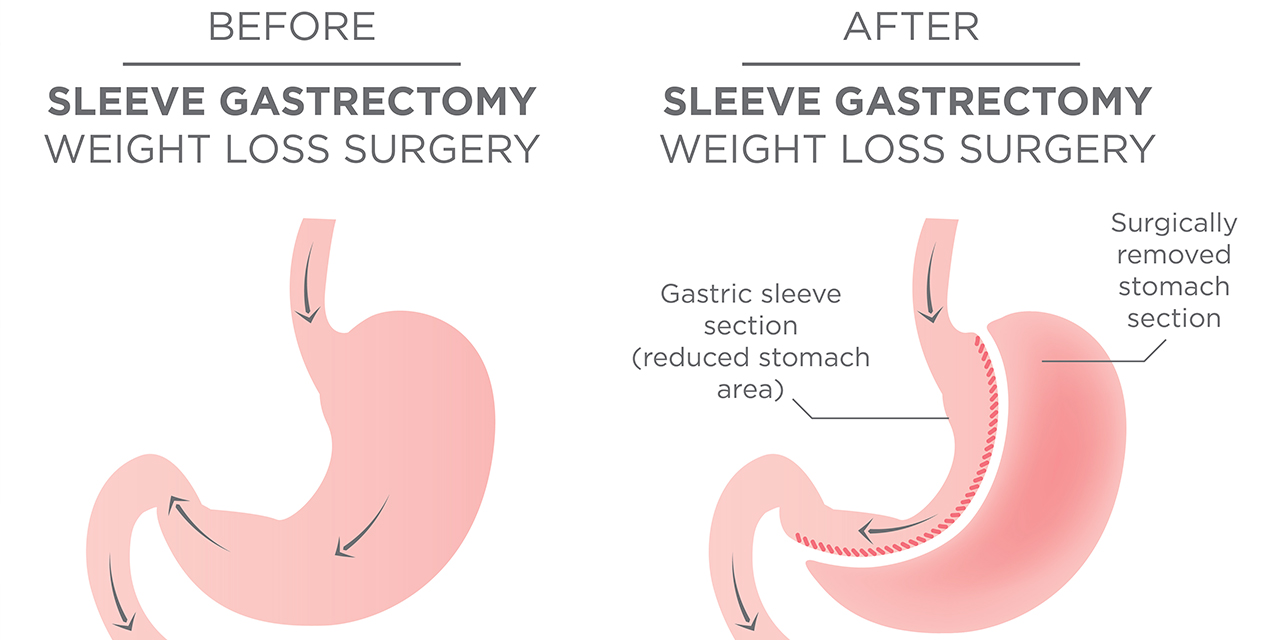Excellent Patient Outcomes
Beebe offers laparoscopic and minimally invasive gynecologic surgery, including laparoscopic hysterectomy. These surgeries have produced excellent patient outcomes and meet the highest standards of quality and safety as set by AIMIS.
I Needed A Quick Recovery
As a working mother, Karen Coty had real concerns when her doctor told her she needed surgery. “I had been having pains, cramping, so my OB-GYN ordered an ultrasound. The results showed I would need to have a hysterectomy,” recalls Karen, a single mom who is raising 13-year-old twins and also teaches full-time in Georgetown.
Karen’s uterus was enlarged and she had pre-cancerous cells that concerned her doctor. Karen trusted Beebe's gynecologic surgery team to perform her surgery and get her back to her children.
Meet Our Team
Beebe Healthcare is proud to be the first hospital in Delaware and on the Delmarva Peninsula – and one of only 15 in the United States – to be named a Center of Excellence in Women’s Health by the American Institute of Minimally Invasive Surgery (AIMIS).
Laparoscopic Hysterectomy
For many years the primary option for women requiring traditional hysterectomy was major invasive surgery. But no longer. Today, minimally invasive laparoscopic hysterectomy (LH) offers an alternative that is less painful, requires a shorter hospital stay, allows for faster recovery, and lowers the risk of infection. By making LH available locally to patients in Delaware and on the Delmarva Peninsula, Beebe is providing primary care physicians and their patients with an opportunity to discuss the benefits of minimally invasive surgery and choose the option that best suits their health needs.
Surgical Techniques for Hysterectomy
The three primary methods of hysterectomy currently in use are traditional, vaginal, and laparoscopic. Studies have shown that the vaginal approach is preferable to open abdominal surgery because of lower risk of complications and faster recovery. However, vaginal hysterectomy is contraindicated in some cases due to large uterine size, previous multiple abdominal or pelvic surgeries, advanced uterine or cervical malignancies, and ovarian malignancies. Laparoscopic hysterectomy is an alternative to the traditional approach that offers both the ability to remove large uteruses and malignancies and also the faster recovery period associated with vaginal hysterectomy.
Surgeons have been performing laparoscopic surgery since the 1970s, and laparoscopic hysterectomy was introduced in the late 1980s. Not until recent years, however, with the advent of ever-improving imaging technologies and precision instruments, has awareness increased regarding the benefits of LH over traditional hysterectomy.
Benefits of Laparoscopic Hysterectomy
Minimally invasive laparoscopic hysterectomy produces excellent patient outcomes and offers many advantages over a traditional hysterectomy, including:
- Shorter hospital stay. In most cases, LH patients are discharged the same day or require an overnight stay, versus a three-to-four-day stay for traditional hysterectomy patients.
- Little to no blood loss as a result of smaller, shallower incisions.
- Lower risk of abdominal infection and other complications.
- Less pain when compared with traditional open procedures.
- Faster recovery time. LH patients typically return to normal activities within one to two weeks, compared to four to six weeks for traditional hysterectomy.
- Minimal scarring. In many patients the scars become virtually unnoticeable.
One disadvantage of LH is that it takes approximately 25 minutes longer to perform, on average, than a traditional hysterectomy under general anesthesia.
Who is a candidate for Laparoscopic Hysterectomy?
Approximately 600,000 women a year in the United States undergo some form of hysterectomy, and more than a third of women can be expected to have a hysterectomy by age 60, according to the Centers for Disease Control and Prevention. Typically, the procedure is indicated as a treatment for serious uterine and reproductive system conditions when pharmaceutical and other non-surgical treatment options have failed. These include:
- Reproductive system cancers, including uterine, cervical, ovarian, and endometrium, or tumors.
- Severe and intractable endometriosis and adenomyosis.
- Chronic pelvic pain.
- Uterine fibroids.
- Vaginal prolapse.
All of these conditions and diseases are candidates for LH as an alternative to traditional hysterectomy. For a small percentage of patients, however, LH is contraindicated. This is typically the case for patients who are obese, have a history of prior abdominal surgery that may have resulted in the formation of dense scar tissue, or have other, underlying medical conditions.
Ask the Nurse Navigator
Have questions? Beebe's Nurse Navigator can help.
















